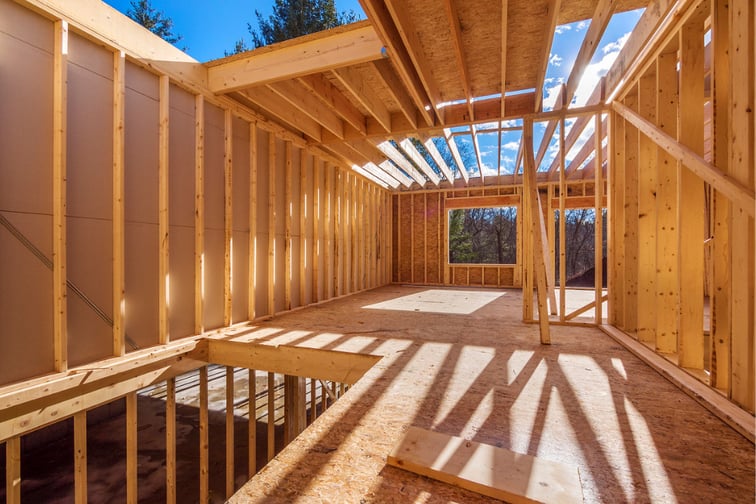

As insurers search for ways to further reduce reliance on greenhouse gas emitters in line with government plans for a net-zero target by 2050, one method that is attracting attention is boosting the use of timber in construction.
While counter-intuitive at first glance, a recent report from the Clean Energy Finance Corporation (CEFC) showed that the use of timber in construction could reduce embodied carbon by up to 75% compared to building with conventional steel and concrete.
“CEFC research confirms the critical need to transform our approach to construction if we are to achieve an economy-wide transition to net zero emissions,” said Paolo Lavisci, program development manager mid-rise advisory program at Wood Solutions.
Embodied carbon produced some 28% of emissions in building and construction globally, largely from the production and delivery of building materials. Traditional steel, aluminium and cement production were among some of the more challenging materials to decarbonise and have been identified as an area of focus for emissions reduction by the federal government.
“Now is the time to understand how to assess risk when it comes to mass timber construction,” said Lavisci.
The CEFC was backing timber in construction by allocating up to $300 million in debt finance for eligible projects Australia wide – including commercial offices, retail, industrial, healthcare and education.
“Our new Timber Building Program will help finance this transition by encouraging owners, developers and builders to use lower carbon engineered wood products in their projects,” said CEFC chief executive Ian Learmonth.
Early adopters were already incorporating new materials in mass timber construction for larger projects.
“Our goal is to accelerate this trend, working with the property sector to create a cleaner, more sustainable built environment,” said Learmonth.
“Cutting emissions from embodied carbon is the next frontier for the construction sector, with enormous potential from development through to occupation.”
The $300 million funding was based on the acknowledgement that timber structures were intrinsically no more risky than other materials when correctly designed, procured and installed - but also had a lower emitter profile than many alternatives.
While reducing reliance on high greenhouse gas emitting industries was set to become a mainstream trend for insurers over this decade, timber also had a reliable behaviour profile in a fire scenario which made it a safe and cost-effective choice for complex projects and a material that was straightforward to insure.
“The main challenges involve perceived fire safety risks, [or] repairs after a fire has been extinguished, or an internal water leak,” said Lavisci.
Another common risk with timber that insurers need to keep in mind concerns procurement from specialised suppliers for bespoke designs when competitors cannot not supply the same materials, an issue that has risen in prominence due to global supply chain disruptions on the back of COVID-19.
Engineered wood products were also typically faster to install than other materials, making it a go-to material during periods of rebuilding after natural disasters.
As an initiative designed to provide independent, non-proprietary information about timber and wood products to professionals and companies, Wood Solutions supported developers and design teams in addressing these risks within their projects, Lavisci explained.
A number of companies that engaged Wood Solutions’ services and understood the value proposition of engineered wood products in mid-rise constructions went on to become leaders in a growing market.
The area is developing quickly with new regulations and environmental, social and governance requirements.
To find out about risk and opportunities for insurers with timber in construction, as well as how one major global quantity surveyor practice manages related risk on projects, register for the free webinar to be held on April 06.
